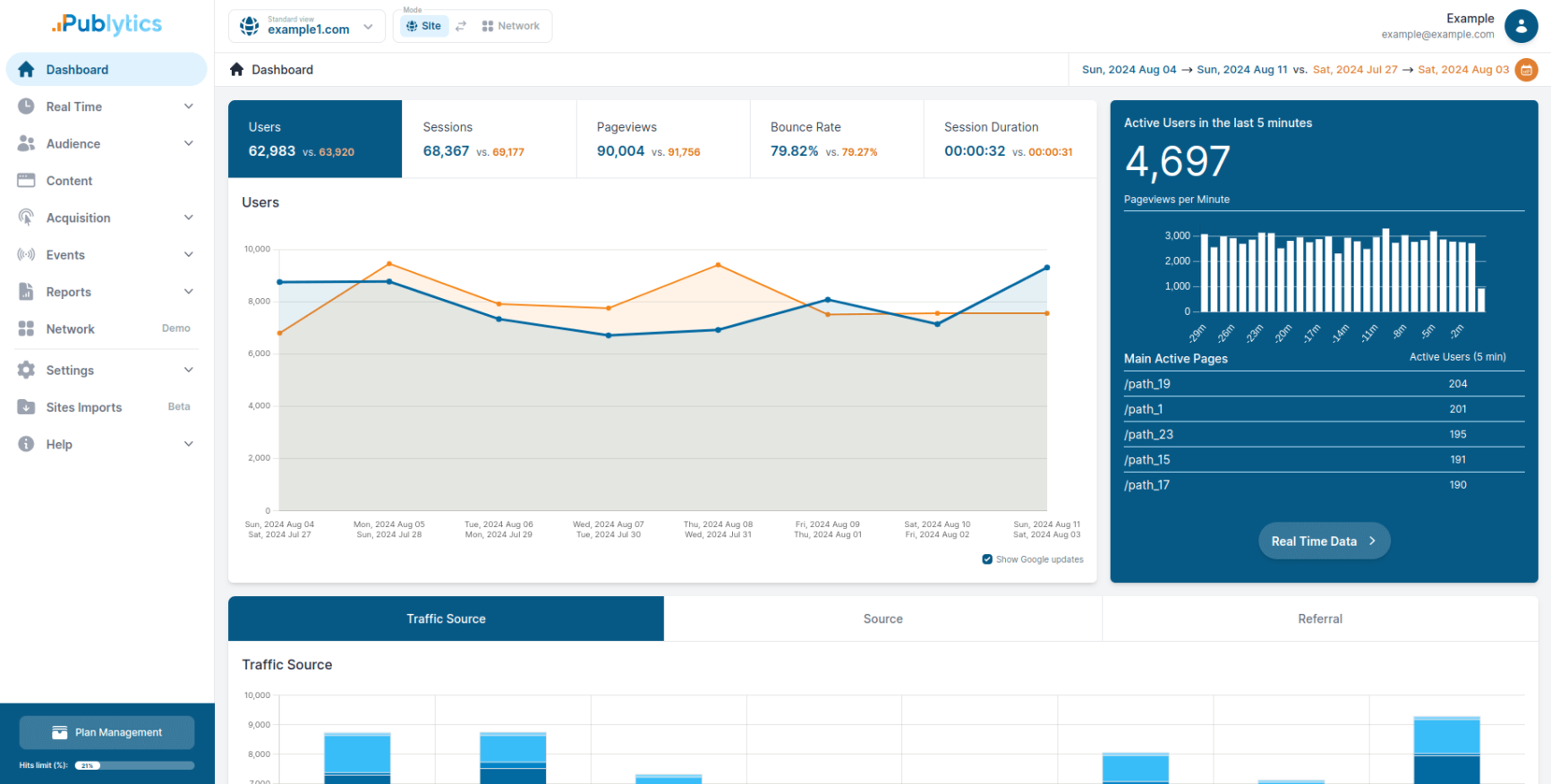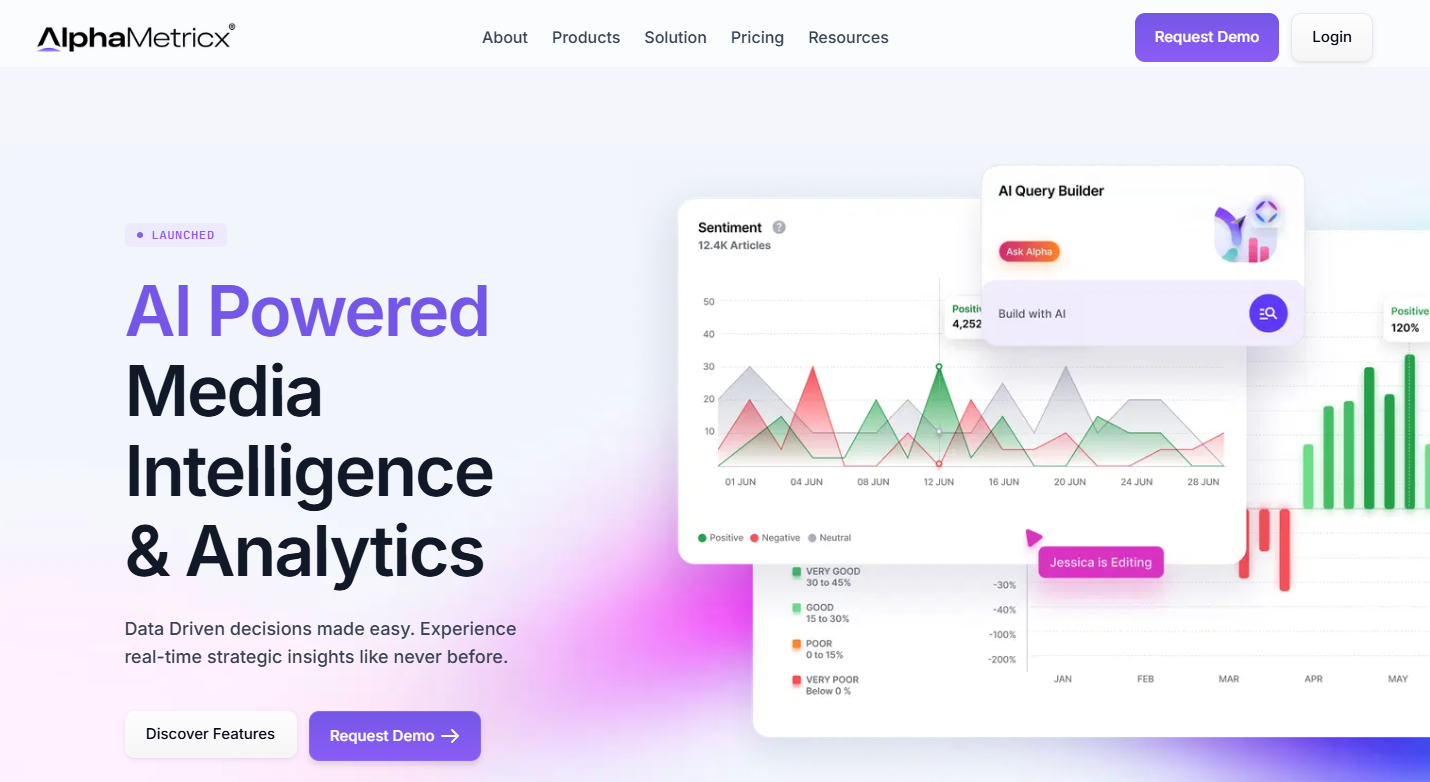The end-of-year holiday season is a boon for digital business and spending, and this year looks to be even more so. With the COVID-19 pandemic, more people throughout the year have been relying on the Internet shopping for all of their needs. Google Ads reports that this year’s holiday shopping began even earlier than usual, with 25% of U.S. consumers starting their shopping by the end of August.
As we move into the last weeks of holiday shopping, there are several tactics and strategies that digital publishers can utilize to make the most of the season and monetize online consumer demand.
Make sure your website is user-friendly
First things first — you have to make sure that your website is optimized for the best user experience possible before marketing to bring people to them. Google’s Web Vitals initiative identifies some key aspects of performance that companies must focus on:
- Loading: Make sure your site speed is optimized and loads fast. Use tools such as PageSpeed Insights to check your score and receive suggestions on how to decrease loading time. These include actions such as limiting calls to third-party services, compressing images, and optimizing Google Publisher Tag. Check your server capacity and possible downtime causes.
- Interactivity: First impressions are just as important online as in person, especially for industries such as digital publishing where this is your only face of business. Publishers should measure what kind of impression they are making on the visitor and what experience that user is having. First Input Delay is an important user-centric metric for measuring load responsiveness, quantifying the user experience when interacting with unresponsive pages—a low FID helps ensure that the page is usable.
- Visual stability: How a site functions in development is often quite different from how users experience it. Unexpected changes can happen on a page because of many reasons, such as asynchronous resource loading or dynamic elements. The Cumulative Layout Shift metric helps you address this problem by measuring how often it’s occurring for real users.
- Viewability: This is a measure of whether an ad had a chance to be seen by a user, and marketers are generally willing to spend more money for viewable ads. Site viewability can be improved with best practices such as using responsive design, lazy loading and vertical ad units. Google has some tips here.
In a 90-day signal performance study, Sovrn found that highly viewable inventory leads directly to higher yield, meaning more value for both publisher and advertiser. These effects are cumulative: advertisers track viewability scores, and as these scores increase across both placements and pages, advertisers see that the publisher is able to deliver quality inventory. This allows you to command higher CPMs.
Remember that when making any website changes, do so during dead hours when you experience the least amount of traffic.
Optimize for mobile and apps
When you’re optimizing the look and performance of your digital offering, don’t forget to also optimize for mobile and any apps that you provide. User activity is at a peak during the holiday season, and your website needs to perform well on mobile, and the design needs to look just as good on the small screen as on desktop.
Check loading time, image displays, CTA buttons, and overall responsiveness. You can also use Accelerated Mobile Pages, a new open framework by DoubleClick used to build light-weight web pages. The goal is to make websites with rich content to display well alongside ads while loading instantaneously.
Know your audience
This is a basic foundation for all digital marketing, and it’s even more important when making a big push. At the holiday season, knowing who your customers are, what their behaviour is, and what they are looking for is key.
Data analytics is a great place to start taking a deep dive into your audience demographics and behaviour. You may have your own data analytics dashboard and tech, but if not, Google Analytics can help companies understand how their users are engaging with their content. These insights can be used to take actions to improve content and marketing strategies.
News Consumer Insights is another good free tool that lets publishers get to know their subscribers and visitors better. NCI provides insight on which readers drive value and how to improve engagement with personalized business recommendations.
Review your pricing
Is the consumer pricing you have in place optimized for the holiday season? Pricing strategy should be carefully reviewed. In some cases, higher demand means that you may be able to charge a premium. On the other hand, the season also brings an opportunity to run sales and discounts in order to bring in new customers and increase overall transactions.
Publishers should also review ad pricing, and increase floor pricing to raise the minimum acceptable bid for any specific ad. If you opt for a “set it and forget it” model, you could be leaving money on the table. Sovrn suggests that you test floor prices incrementally over the course of a week or so, starting with small adjustments and then monitoring the effects. They also provide other ad monetization tips.
Identify premium ad inventory
This year more than ever, advertisers are prioritizing premium inventory where consumers are spending the most time. Publishers can take advantage of this demand by setting up deals with advertisers and using programmatic ads.
Ad inventory should constantly be measured and evaluated to identify and market inventory that is in the highest demand. Watch for audience segments that match consumer trends, and proactively flag these to advertisers.
Make your ad inventory competitive
One effective way to increase competition for your inventory is to Incorporate new ad formats and sizes. Some to consider:
- Native ads that match the look and feel of your website or app.
- Sticky ads that stay visible on the page even as the user scrolls down.
- Video ads in-feed and in-article, allowing a publisher to serve video content within the article, social network, etc.
Google suggests that companies can increase competition for ads by making sure they aren’t limiting demand through unnecessary category blocks. Rather than blocking general categories, instead block potentially sensitive categories, sub-categories, or specific advertiser URLs. The Opportunities & Experiments function of Google Ads Manager provides other ways to increase competition for ad inventory.
Email marketing and monetization
Don’t forget to optimize your email strategy at this time of year, and take advantage of your subscriber base, newsletters, and other contact points to market your holiday offerings and let your audience know about sales, special offerings and holiday themes.
Another way to monetize your email list is by using hashed email, which is an encrypted version of an email address. This makes the email address deliberately difficult to reconstruct after put through a given function, rendering it anonymized in advertising. For example, if your subscriber’s email address is [email protected], the hashed version might be 5710eda8857f20cc1fe7c4b19978bb64.
Content from our partners
Hashed email provides an additional revenue stream for publishers, allowing them to monetize their data without sacrificing the privacy or security of the user. For each 100,000 unique hashed email addresses, most publishers see a revenue increase of about $200 to $250 per month. Sovrn is one company that offers a hashed email campaign product.
Craft a killer holiday content marketing plan
Armed with a fully optimized website, in-depth knowledge of your audience, and an optimized ad sales strategy, you’re ready to put out a highly targeted holiday content strategy. Some things to consider when creating this:
- Graphics: A good idea is to come up with one central theme for your holiday marketing, that addresses your audience’s needs. Incorporate that theme into special holiday graphics that reflect your branding.
- Sales and freebies: While attractive at any time of year, during the holiday season especially consumers look for discount codes, giveaways, added value and sales. This is where your audience data and research comes into play. What do your customers really want or need? What is the gap in the market that you can fulfill? Use the answers to these questions to come up with any promotions you might offer during this time. For digital publishers, some good value-added freebies might include extra content, e-books, apps and the like.
- Landing pages: You might consider creating a special landing page just for the holidays. A/B testing allows you to know which CTA and landing page structures lead to the most conversions. Make use of your keywords and SEO to guide you in building the holiday section of your website, and incorporate it and your graphics into blog posts, emails, newsletters, social media campaigns and advertising.
Make the most of holiday remarketing. Rather than getting overwhelmed, look at the tools you already have at your disposal. Look at your evergreen content pieces that can be repurposed into holiday content, freebie or download. Use paid search, social media and email marketing to encourage both new and loyal users to visit your site again as you remarket existing assets.
Using these strategies, a digital publisher can go into the holiday season armed with tactics to make the most of consumer demand.












